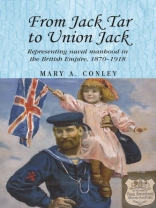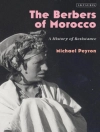Jack Tar to Union Jack examines the intersection between empire, navy, and manhood in British society from 1870 to 1918. Through analysis of sources that include courts-martial cases, sailors’ own writings, and the HMS Pinafore, Conley charts new depictions of naval manhood during the Age of Empire, a period which witnessed the radical transformation of the navy, the intensification of imperial competition, the democratisation of British society, and the advent of mass culture. Jack Tar to Union Jack argues that popular representations of naval men increasingly reflected and informed imperial masculine ideals in Victorian and Edwardian Britain. Conley shows how the British Bluejacket as both patriotic defender and dutiful husband and father stood in sharp contrast to the stereotypic image of the brave but bawdy tar of the Georgian navy.
This book will be essential reading for students of British imperial history, naval and military history, and gender studies.
İçerik tablosu
List of figures
Acknowledgements
List of abbreviations
Introduction: Gender, navy, and empire
1. Imperial challenges and the modernisation of the fleet
2. For the good of the boys in blue: Philanthropy, Agnes Weston, and contested manhood
3. From powder monkey to admiral: Social mobility, heroism, and naval manhood
4. Strong men for a strong navy: Naval scares, imperial anxieties, and naval manhood
5. Lessons in manhood: boyhood, duty, and war
Conclusion
Select bibliography
Index
Yazar hakkında
Mary Conley is Assistant Professor of History at the College of the Holy Cross, Worcester, Massachusetts












